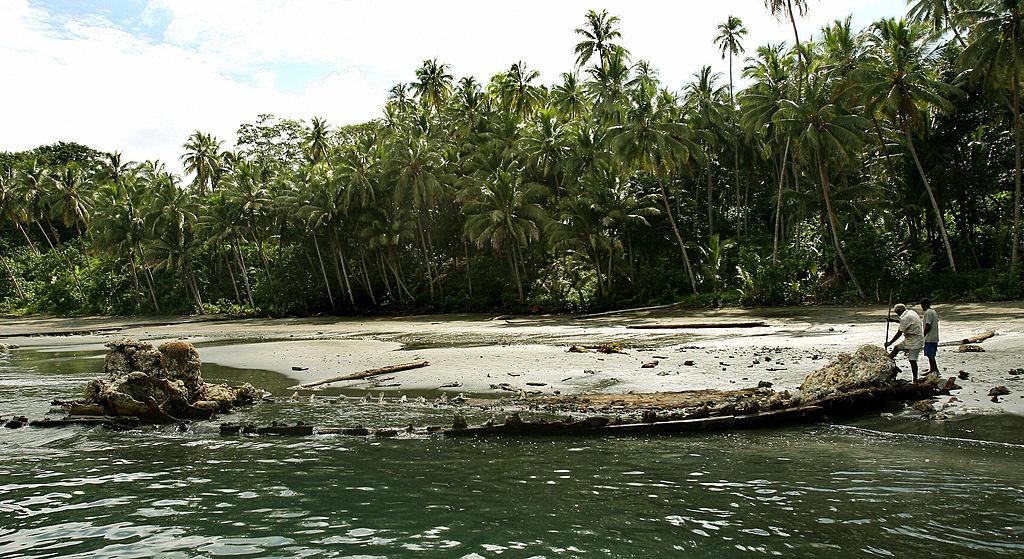The legendary tree-dwelling giant rat spoken of by natives of the Solomon Islands for generations has been confirmed by Scientist as a new species.
Scientists tried for years to find the elusive rodent using many methods—including climbing trees, setting traps, and setting up motion-sensor cameras—but to no avail, Newsweek reported.





